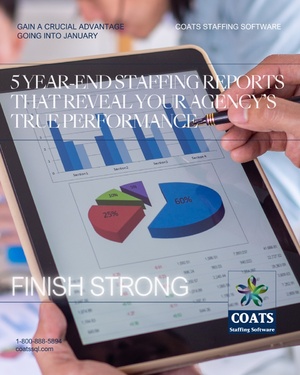A server walks up to the table at a restaurant where 4 men are sitting with menus. The server asks, “Can I take your order?”
The first man says, “yes.” The second man asks, “do we have to order family style?” The third man interjects, “we’re just getting a large pizza, pepperoni and sausage.” The final man, frustrated, hands the server his menu and says, “Tacos. We budgeted for the taco special and that’s what we’re getting.”
As a recruiter, sometimes we can be so excited when someone agrees to work with us, we’re like that server, ready to take orders, any orders. We know they’re hungry; they’ve sat down, but it seems like we've four different people with four different ideas of what they want, all ordering for the table.
The guy who wanted tacos will say the pizza doesn’t fit the budget. The guy who didn’t want family-style will be mad it’s all being shared. And the guy who just said “yes” without context? He’ll be the first to complain that it’s not what he expected.
No matter what you bring next, they all look at you, the server, like you’re the one who screwed up the order. These tacos don’t fulfill my pizza need, were you even listening?
That’s recruiting.
Too often, hiring managers don’t align internally before calling us in. We get vague feedback, competing visions, and half-formed requests. Then, when the hire doesn’t happen over internal bickering, they point fingers at the recruiter for “not getting it right.” It’s definitely easier than them taking personal responsibility.
But how can we deliver the perfect dish when the kitchen never got a clear ticket? Wise servers simply say, “I’ll come back when you’re ready.”
If you want to fill the role fast and keep someone in the seat, we all need to eat from the same menu. That means clear, aligned expectations. That means budget clarity, decision-maker unity, and a shared vision of what success looks like in the first year. But there is a solution:
“Before we talk candidates, let’s agree on what success looks like at their first annual review.”
That one sentence reframes the conversation from who they want to hire to why they’re hiring. It forces clarity on outcomes, priorities, and expectations. Once they align on that vision of success, the “menu” gets a whole lot simpler, and everyone orders accordingly.
Great recruiting is a partnership, not a tarot reading. You bring the appetite, we bring the options. But if the table can’t agree on what’s for dinner, don’t be surprised when successful hires are off the menu.





